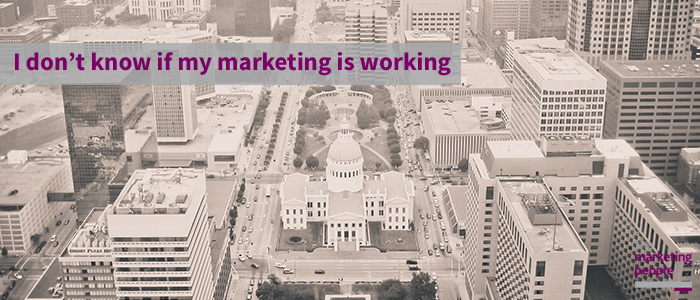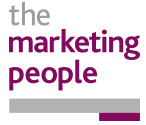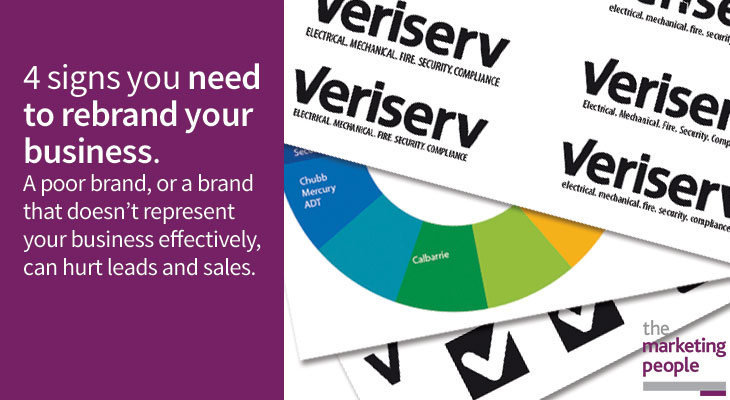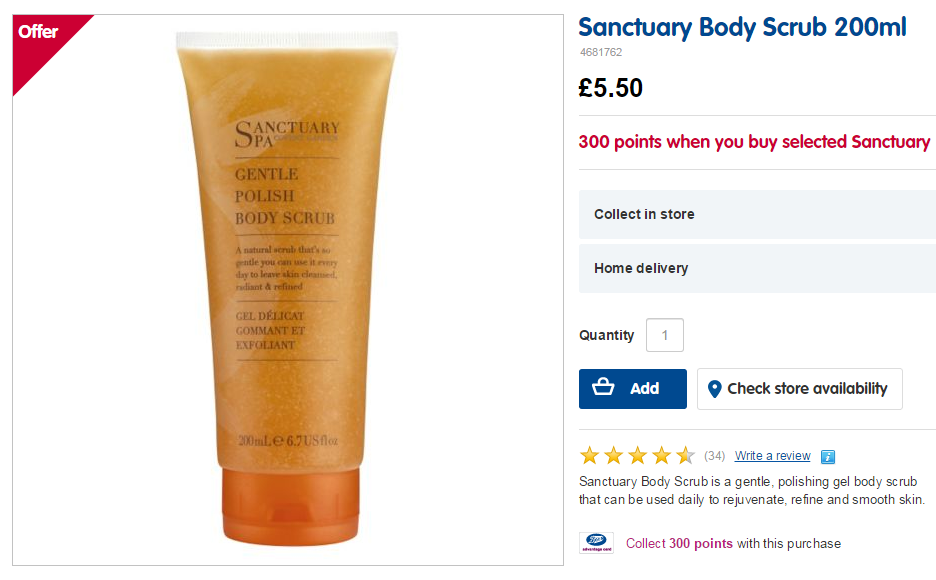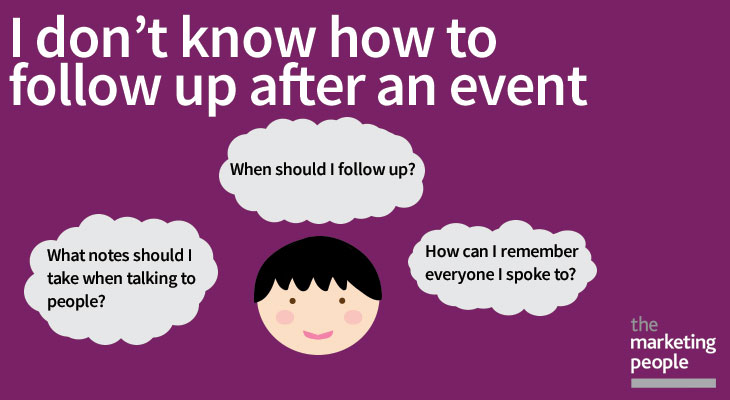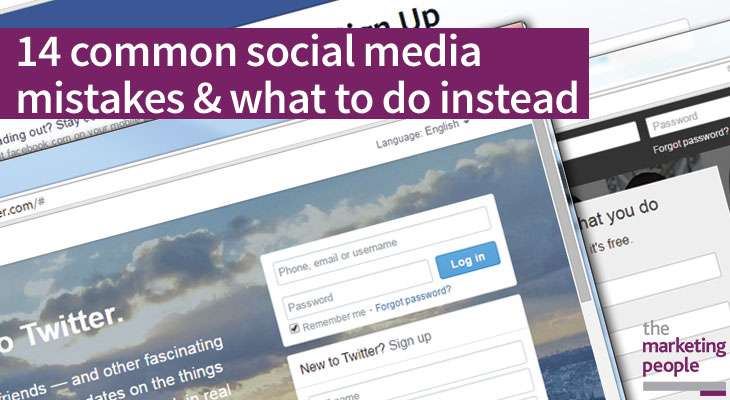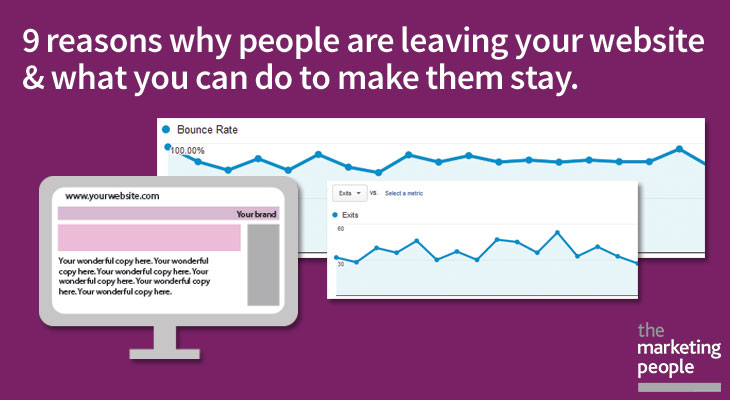

The goal of your website is to attract visitors and, eventually, convert them into leads and sales. It’s not straightforward, and there are many reasons why people are leaving your website.
Due to longer and more complex buyer’s journey, you won’t stop 100% of visitors leaving without converting, but there are plenty of things you can do to improve your website and give visitors the information they need.
How do I know how many people are leaving my website?
Your website’s analytics can tell you how many people are leaving your website, and where. There are two important statistics to look at:
Bounce rate

Your bounce rate shows you the percentage of people who came to your website, viewed one page, and left before viewing any other pages.
There are many reasons why someone might ‘bounce’, but they can be roughly classified into two buckets:
They weren’t happy with what they found: this could mean your product / service was too expensive, you didn’t convince them to buy it, they’re not sure if it solves their problem, or perhaps your content didn’t answer their questions.
They found what they were looking for: this often happens if someone is looking for specific information; your website provides them with all the information they need for now, so they leave without exploring your website further.
“What’s a good bounce rate?” you might ask; well it varies depending on sector and the type of website you have.
An infographic on bounce rates put together by KissMetrics shows the following average bounce rates:
- Retail websites: 20-40% bounce rate
- Simple landing pages: 70-90% bounce rate
- Portals (MSN, Yahoo groups, etc): 10-30% bounce rate
- Service websites: 10-30% bounce rate
- Content websites: 40-60% bounce rate
- Lead generation: 30-50% bounce rate
Exit pages
Google Analytics also allows you to look at where people are leaving your website. It doesn’t give you a huge idea of why they’re leaving though. However, reviewing the copy might help you identify the kind of reasons someone might have exited on that page.
For example, if people are leaving your site on a product page instead of converting, it might be because:
- It’s not quite what they were looking for – but your content was good and told them it’s not what they need.
- They’re not sure if it’s what they need – your content isn’t clear enough or telling them whether it can do what the visitor needs it to do.
- It’s too expensive
- They’re just looking for now and comparing your product / service to others
- It’s too expensive – but they’ve bookmarked it and will keep checking back in case the price has gone down
- You haven’t got the size / colour / version they need in stock right now
As you can see, it’s not easy to identify exactly why someone left. However, there are plenty of things you can do to make sure you are providing users with all they need to make an informed decision.
Why people are leaving your website
Let’s look at 9 common reasons why people might be leaving your website and what you can do to make them stay.
Your website takes too long to load
We’re all impatient, especially online where we expect things to happen in the click of our fingers.
Studies by Akamai.com and Gomez.com found that 47% of users expect a web page to load in 2 seconds or less, and 40% will abandon a website that takes more than 3 seconds to load.
If your website takes too long to load, users will leave and visit other websites which load faster.
What to do: Check your website’s loading speed which can help you identify what parts of your website might be slow to load.
Your website looks bad or suspicious
Appearance can have a huge effect on perception, and the look of your website can be enough to convince someone that they don’t want to spend their money with you.
When you think about a bad website or a suspicious looking website that looks as if it’s out to scam you, they might look a bit like this:
- The design is poor
- The layout is terrible
- Too many things are fighting for attention and your eyes can’t settle and figure out what you’re supposed to do
- It instantly looks confusing
- The text is barely readably
- Images might not load
Your website should present you as a professional, and trustworthy business, and it’s worth investing in a professional web designer to make sure your website appeals to your target audience and makes you look good.
What to do: Review your website and look at the design and navigation; is it what your target audience want to see? Is it easy to use? You could even ask your customers to fill in feedback forms to find out what they think of your website.
It’s not user-friendly
Following on from the point above, don’t make your users click more than they need to.
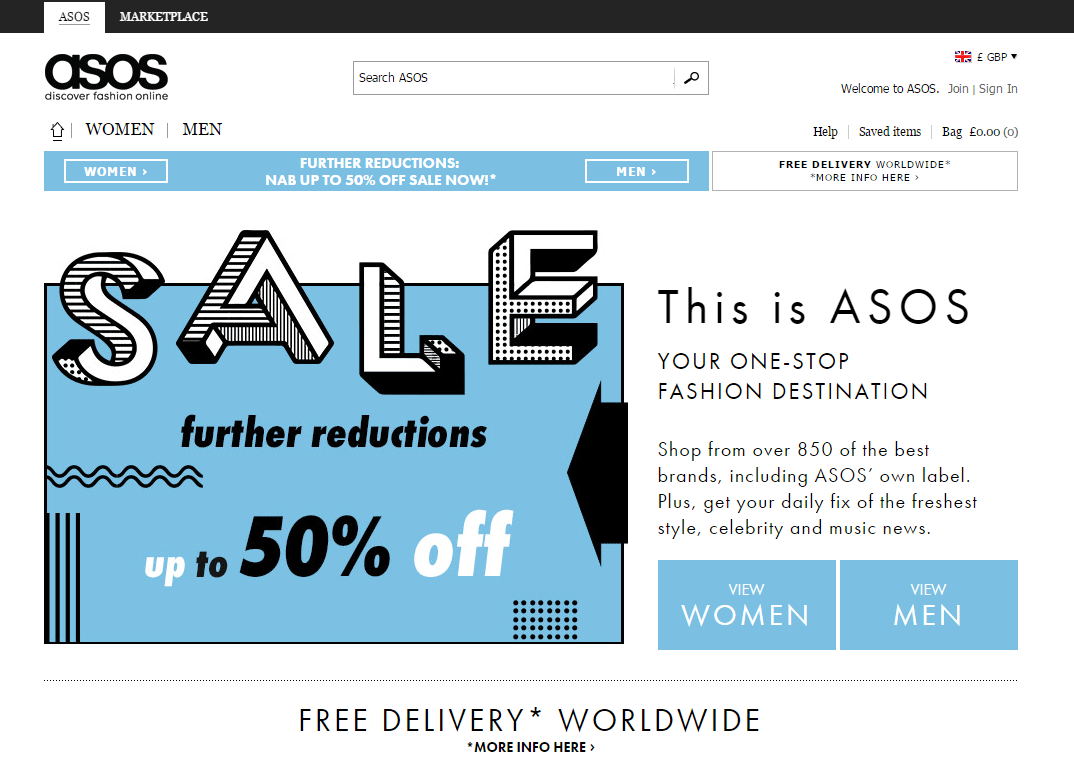
Users expect websites to look clean and easy to use now. Even huge ecommerce websites such as ASOS (shown above) manage to keep their website looking simple, and easy to use.
If someone has to visit seven or eight pages to find what they’re looking for, that’s poor user experience.
A few traits of a user friendly website:
- It loads quickly
- It’s responsive
- It has a search bar
- The navigation is simple
- The user has no frustrations trying to complete their tasks
What to do: Make your website as easy as possible to use; reduce the number of clicks / things the user has to do to reach the information they’re looking for.
It’s not responsive

A responsive website will resize and change the layout depending on what device you view it. In the photo above, you can see the same website displaying different to suit each device.
According to globalwebindex, 50% of global internet users accessed Google using a mobile device each month in 2014. That gives you some kind of idea about how many people use mobile devices to search the internet, and how important it is that your website is responsive.
In April this year, Google made mobile-friendly a ranking factor. This means that if your website is not mobile friendly, your rankings in mobile search results may suffer.
Find out how many people visit your website on mobile devices
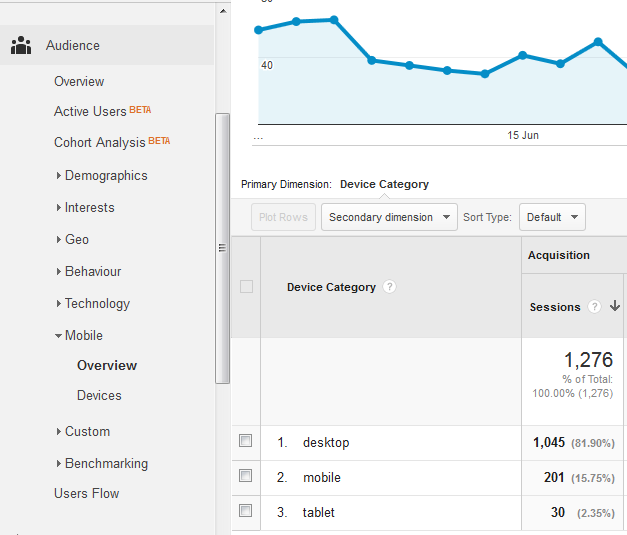
To find out how many people visit your website on mobile devices:
- Log in to Google Analytics
- Click on ‘Audience’
- Click ‘Mobile’
- And select ‘Overview’
You can see the number and percentage of sessions and what kind of device they came from.
Not convinced by responsive websites? Check out our blog post containing 9 reasons why you should have a responsive website.
What to do: Make sure your website is responsive.
Your brand is putting them off
We all know the saying “never judge a book by its cover”, but we all do it. If your brand looks outdated or bad, people may perceive you and your products as incompetent, or even as scammers.
Online, people are particularly wary about who they spend money with as they know how easy it is to be scammed. Scam websites often look bad and outdated, so if they perceive you as outdated or suspicious, they will buy from a competitor with a more reputable looking brand.
Another issue you may have with your brand is if it is not quite representing you effectively, and is sending out the wrong message to our clients.
At the end of last year, we rebranded a company whose brand was confusing their target audience and their staff. Their brand was pigeon-holing them because their audience, and existing customers, thought they only offered one type of service, rather than the wide range of services they actually offered.
What to do: Make sure your brand looks professional, is something that appeals to your target audience, and represents you effectively.
Your aren’t giving users enough information / you aren’t answering their question
Providing users with as much information as possible helps them to make an informed decision, which is particularly important if you have an ecommerce website.
Think about all the things your audience want to know and provide them with all of the information they need.
Include information about:
- Sizes – if you’re selling clothing have a size guide with measurements on your website which you can link to
- Colours
- How it can be used
- What it can be used for
- Have a range of high-quality images of the product from different angles, and in use
If it’s not a product page, you may not be entirely answering users’ questions. Again, think about everything someone would want to know when they visit a page, and link out to other resources which they might need.
What to do: Consider what information your audience want to get from each page and think about any questions they might have and what they might want to know, and provide them with it.
You aren’t making your users feel pain
The copy on your website should identify your audience’s pain points and remind them of that. Your copy can then go on to sell the benefits of your product / service and how it can alleviate their pain.
Imagine you sell an online video that helps people to train their dogs to walk properly on the lead. Your audience may have the following pain points:
- Walking my dog is stressful and sometimes embarrassing because my dog is so badly behaved on the lead and pulls
- My dog has injured me in the past because of his / her pulling, so I’m hesitant to take him / her out now
- I’m worried my dog will get injured by pulling into traffic
- My dog is becoming overweight due to lack of exercise
Your copy should acknowledge those pain points, and you can then inform them of the remedy by selling the benefits of your dog training DVD. You might say something like:
“Our DVD will give you the skills you need to train your dog to walk correctly on the lead, preventing you both from injury. No longer will walking your dog be a stressful or embarrassing situation; you can look forward to walking a well-behaved dog and ensuring he or she gets enough exercise and stays fit and healthy.”
What to do: Write a list of the issues your target audience are facing and make sure your copy is reminding them of their pain, and how you can solve that pain for them.
They aren’t convinced your product / service will do the job
Sometimes you can give people all of the information they need, but they still hold back because they aren’t convinced. The phrase “too good to be true” might pop into their head.
Most of us try to be as careful as possible with our money, and the last thing we want is to spend our hard earned cash on something that will disappoint us by not doing the job properly.
What alleviates that worry? Proof that other people have purchased the same product / service and are satisfied with it.
Make use of reviews and testimonials to prove to your audience that you are trustworthy and show how delighted customers have been with their purchases.
Encourage our customers to leave reviews by emailing them a few days after their purchase has arrived and they’ve had chance to use it. You can find out more about how reviews help and how to get them here.
What to do: Remove as much worry as possible by using reviews and testimonials from happy customers.
They’re not ready to buy yet
The buyers’ journey isn’t as simple as it used to be. With so many products and services competing for attention, users move all over the place as they thoroughly research the best product / service for their problem.
They might leave your website with the intention of buying from you, but they’re not ready to buy just yet. Maybe they need to save up a little more, perhaps it’s a gift and they want to be sure the recipient hasn’t already got it, or maybe there’s another reason.
What to do: Encourage people to sign up to your email newsletter so that you can remind them of your business / products / services, and encourage them to come back when they’re ready. You could even offer them an incentive, such as 10% off their first order.
No matter what you do, it will be near impossible to get a bounce rate of 0%, but doing the above can help you send visitors away with a better idea of what your business offers so that hopefully remember you when they’re ready to buy.
If you do require any help or advice with your website, why not speak to the experts? All of our team are friendly, efficient, and have a passion for marketing, so what do you have to lose? Call us today on 01543 495752.
If you want to read more from our website series of blogs, just click here to see what other resources are available.
